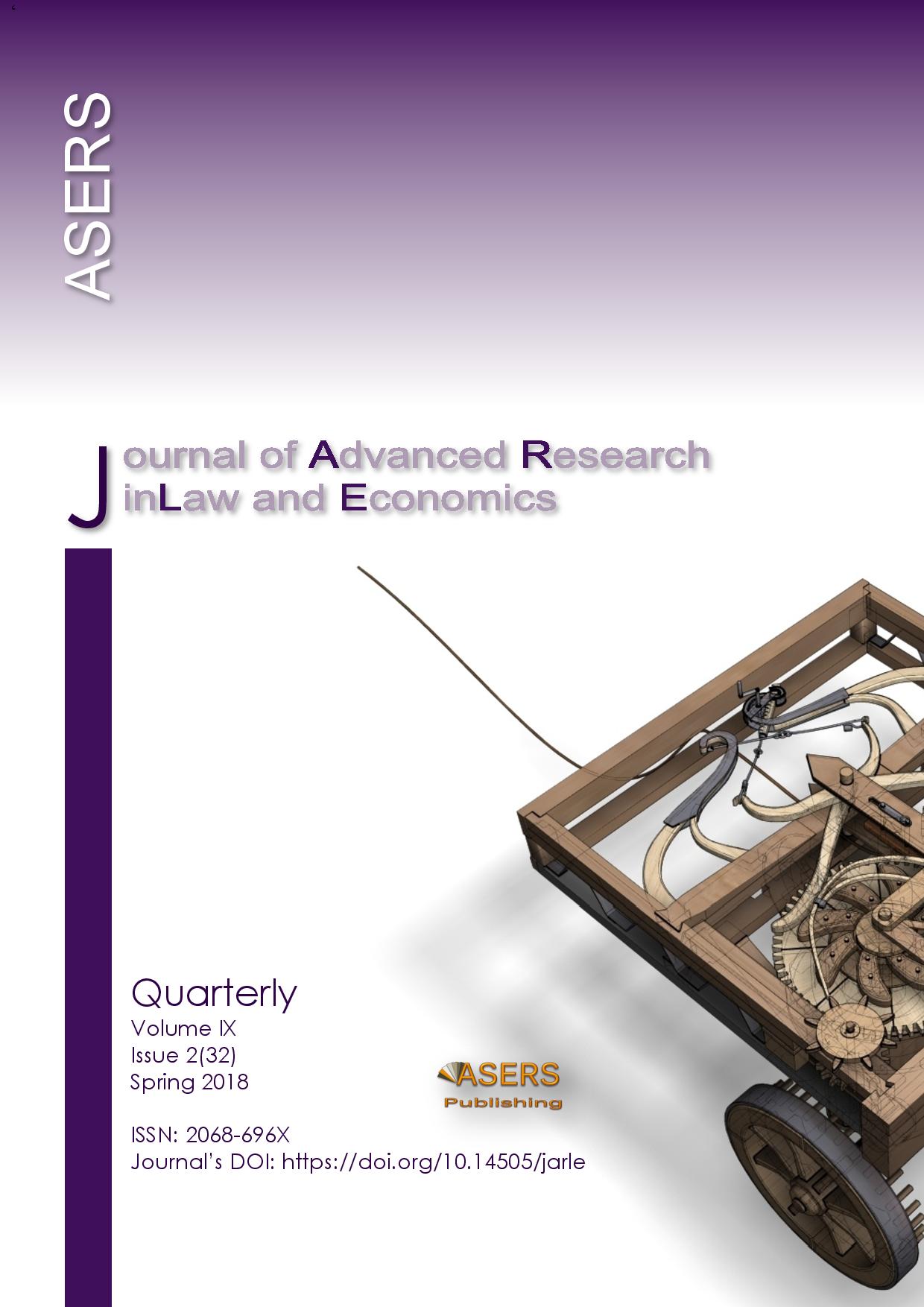Is Credit Activity in Euro Area Supply – or Demand – Induced?
Is Credit Activity in Euro Area Supply – or Demand – Induced?
Author(s): Silvo DajcmanSubject(s): Economy, Financial Markets
Published by: ASERS Publishing
Keywords: credit standards; loan activity; credit rationing; monetary policy transmission;
Summary/Abstract: In bank-based financial systems, bank loans are the primary external source of funding for enterprises. During a period of subdued economic and credit activity answer to the question whether credit standards or loan rates is the main instrument of credit distribution are of great economic policy relevance. A closely related question is to what extent banks tighten credit standards, because of changes in factors of the credit standards related to banks characteristics (˝supply-induced˝ tightening), and to what extent as a response to changes in credit standards factors related to the demand for loans (demand-induced˝ tightening). To answer these questions for the euro area, we rely, to a great extent, on the euro area bank lending survey performed by the Eurosystem and propose a new measure of changes in credit standards for business loans that captures only the effect of the supply-induced component of the changes in credit standards. The results indicate that tightened credit standards, of which approximately a half is supply-induced, significantly affect the macroeconomy, whereas the price of the loans does not. In order to revive the credit activity in the euro area, simply lowering the policy interest rates will not suffice. We list some measures that could spur this process.
Journal: Journal of Advanced Research in Law and Economics (JARLE)
- Issue Year: IX/2018
- Issue No: 32
- Page Range: 452-462
- Page Count: 11
- Language: English
- Content File-PDF

